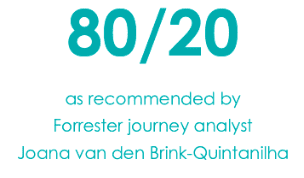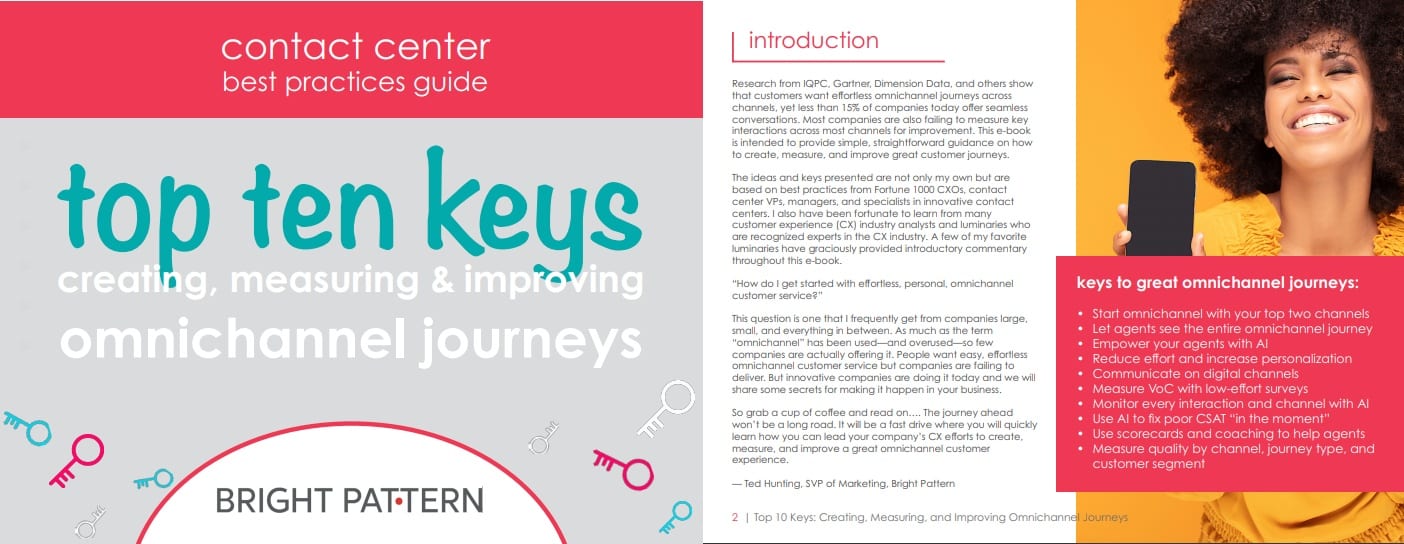Research from IQPC, Gartner, Dimension Data, and others shows that customers want effortless omnichannel journeys across channels, yet less than 15% of companies today offer seamless conversations. Why are companies not providing omnichannel support? Many find it too difficult and time-consuming to implement. Luckily, our latest ebook “Top Ten Keys for Creating, Measuring, and Improving Omnichannel Journeys” provides companies with best practices for getting omnichannel up and running in your contact center.
When you are first adding digital channels or implementing omnichannel in your contact center, you need to walk before you can run, and it may be best to start with your top two channels before implementing omnichannel across all channels.
This tip is about getting your top two channels working as a single conversation. It’s the best way to get started down the omnichannel road. Today, over 90% of customer service interactions start on websites, so it is critical to get your website working with your next top channel. If you can get your top channel working with your website in a single conversation, then you are well on your way to omnichannel and you will get your fastest payback.
Essentially, the 80/20 rule is about getting your web chat working with your next top channel so that your top two channels are working together as one continuous conversation. That second channel is typically voice but for some innovative, all-digital businesses, that second channel may be SMS/text or in-app messaging. Once you get your top two channels operating as a unit, then you can add other channels later, like email, messengers, mobile apps, and so forth.

This tip is one we have seen many successful enterprises implement as they became true omnichannel companies. Following the 80/20 rule is also recommended by the highly regarded Forrester journey analyst Joana van den Brink-Quintanilha, who I have heard speak on the subject.
About the author:
Previously Ted worked at Genesys where he led North America Marketing with over 15 years in the customer experience industry. Prior to that Ted worked for startups and enterprise software and hardware companies in all marketing functions. In addition to his CX experience, Ted has a background in business intelligence and large scale computing systems. Ted is a graduate of the Ross School of Business at the University of Michigan with a marketing and finance background.




